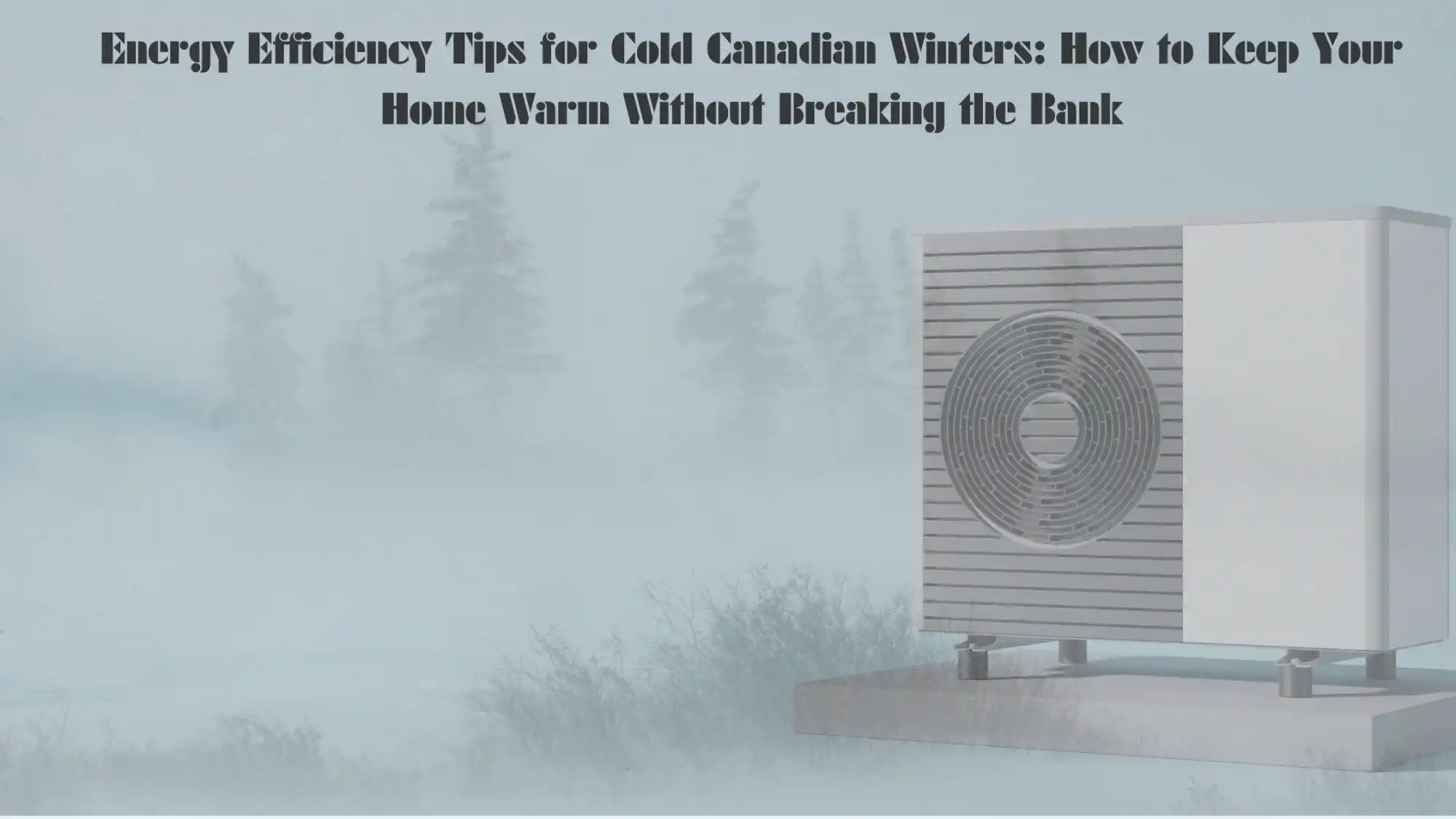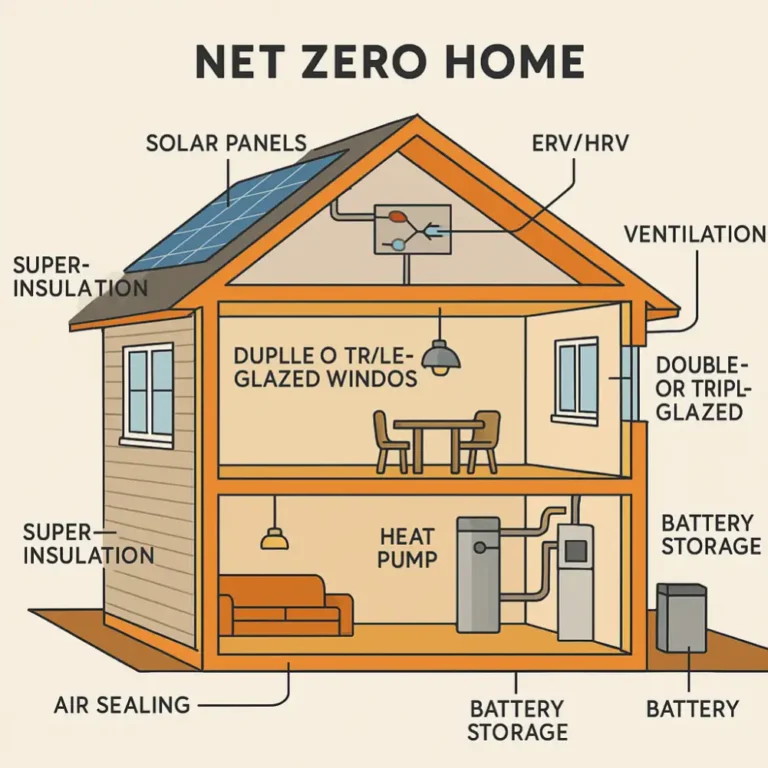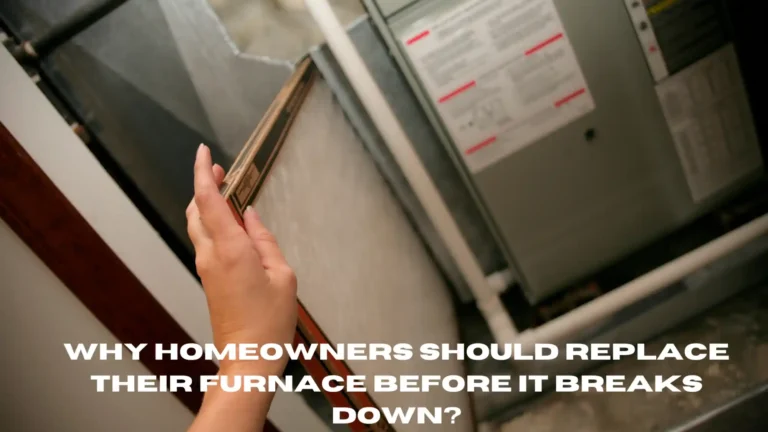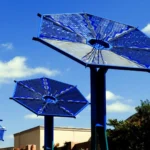Virtual appointments for canadians ONLY!
10 Simple Ways to Keep Your Canadian Home Warm Without Breaking the Bank


Winter in Canada brings stunning snowy landscapes—but also some serious heating challenges. For many homeowners, keeping a house cozy during those long, freezing months often results in rising energy bills. Fortunately, there are cost-effective ways to stay warm without constantly cranking up the thermostat.
From boosting insulation to using smarter heating strategies, practical solutions are available. In this post, you’ll discover tips that not only help lower your energy consumption but also make your home more comfortable and efficient through the coldest months of the year.
1. Insulation: The Foundation of Energy Efficiency
The warmth in your home shouldn’t be slipping through cracks or thin walls. One of the first things that should be considered is upgrading your insulation. By doing so, less heat will escape, and your furnace won’t have to work as hard.
In particular, attics are a major source of heat loss. In colder parts of Canada, it’s recommended that attics be insulated to at least R-40 to R-60. Popular materials like blown-in cellulose or fiberglass batts are usually preferred. Insulating exterior walls, floors above crawlspaces, and basements can also significantly reduce energy waste, especially in older homes.
2. Seal Drafts and Leaks

Even the best insulation can’t do its job if cold air is sneaking in through gaps. Heat tends to slip out through cracks around windows, doors, vents, and outlets.
Using weatherstripping or applying caulk around frames can make a huge difference. Door sweeps and foam sealant should also be used in problem areas like under doors or around pipe entries. These small improvements often lead to noticeable savings.
3. Upgrade Your Windows

Old or single-pane windows often let out a surprising amount of heat. If replacing them is within budget, modern double-pane or triple-pane windows with low-emissivity (Low-E) coatings and argon gas filling offer much better insulation.
If a full upgrade isn’t feasible, alternatives like window insulation kits, thermal curtains, or heavy drapes can also help retain heat and block drafts.
4. Improve the Efficiency of Your Heating System
A significant portion of your winter energy bill is tied to your furnace or heating system. If it hasn’t been serviced in a while—or if it’s over 15 years old it’s likely time to consider a more efficient upgrade.
High-efficiency furnaces (look for ENERGY STAR-rated models) use less fuel to produce the same amount of heat. Moreover, simple tasks like changing furnace filters monthly, keeping vents clear, and scheduling annual maintenance can improve performance.
A programmable thermostat is another easy way to reduce usage. Setting it to lower temperatures while you’re sleeping or away from home can reduce your bill without affecting your comfort.
5. Use Space Heaters smartly
If certain areas of your home are used more than others, it might be more efficient to heat just those spaces. Energy-efficient space heaters can warm up a bedroom or office without the need to raise the temperature for the entire house.
That said, caution should be used. Space heaters should never be left unattended and should only be used where and when necessary to avoid safety risks and unnecessary energy use.
6. Cook Smart to Save Energy
The kitchen can be a great source of warmth in winter—if used wisely. Baking meals in the oven or using energy-efficient appliances like pressure cookers and air fryers can help reduce your total power usage.
Whenever possible, cover pots and pans while cooking to trap heat and reduce cooking time. Batch cooking meals for the week can also help you save energy over time.
7. Consider Installing a Heat Pump
Heat pumps are gaining popularity across Canada as a reliable way to heat homes efficiently—even in freezing temperatures. Unlike traditional systems that generate heat, heat pumps move it from one place to another, which uses less energy.
Though the upfront cost may be higher, the long-term savings on heating bills are often worth the investment. Ductless mini-split systems are an especially good fit for homes without existing ducts.
8. Maintain Your Fireplace
Traditional fireplaces might be cozy, but they’re often a source of energy loss. Warm air tends to escape up the chimney, pulling cold air inside.
Fireplace inserts and sealed glass doors can improve efficiency. If you’ve got a gas or electric model, double-check that it’s sealed properly and operating efficiently. And don’t forget to turn it off when it’s not being used.
9. Embrace Natural Heat
On bright winter days, sunlight can help warm your space for free. Keep blinds and curtains open during the day to let the sun’s rays in. At night, closing thermal curtains helps trap the heat inside.
This simple habit can noticeably reduce how often you need to run your heating system.
10. Monitor Your Energy Consumption
You can’t manage what you don’t measure. By keeping an eye on your energy usage, you’ll quickly spot where you’re using the most power and make informed decisions about what to adjust.
Smart thermostats and energy monitoring tools—often provided by local utilities—make this process easy. Many even offer suggestions on how to optimize your heating schedule or settings.
Final Thoughts
Keeping your home warm during Canada’s winters doesn’t have to mean spending a fortune. With a few smart adjustments—such as sealing drafts, upgrading insulation, and using heating systems more efficiently—you’ll notice a more comfortable space and a lower energy bill.
Plus, by reducing your home’s energy waste, you’re also contributing to a greener, more sustainable future.








[…] where people often get it wrong. Filters aren’t “set it and forget it” parts. They need to be checked—and sometimes changed—every […]
[…] gaps and cracks might seem minor, but they can waste a surprising amount of energy and money. The good news? Air sealing is a simple yet highly effective way to boost your home’s efficiency, reduce […]